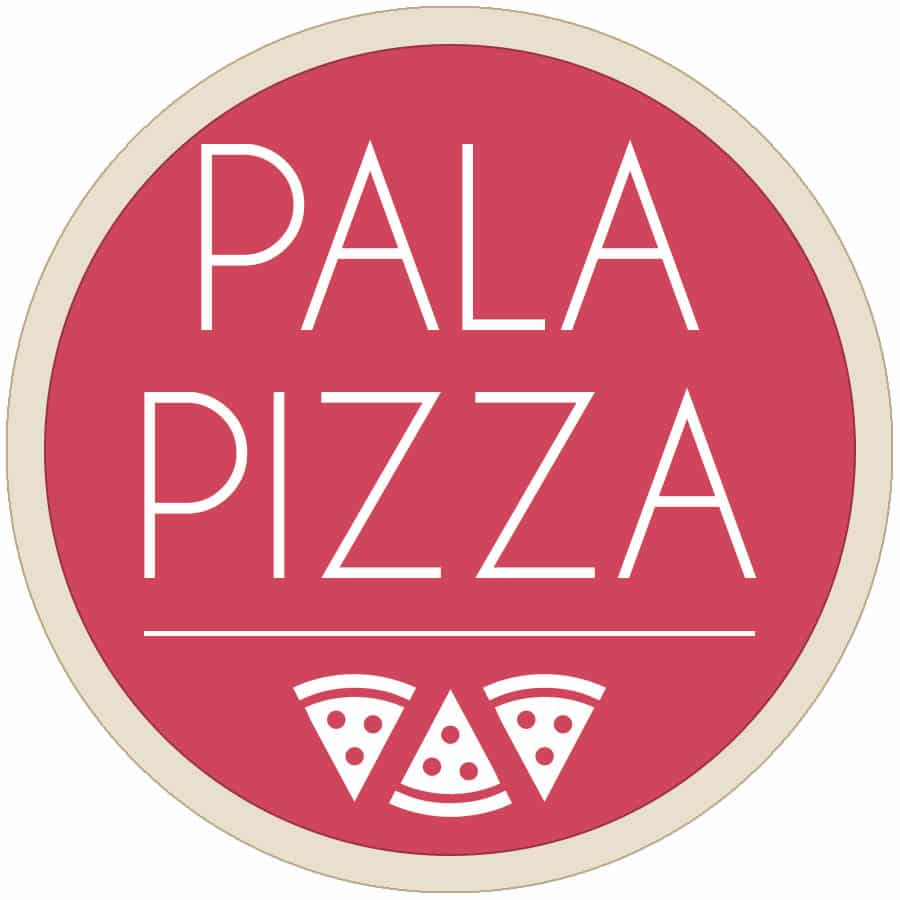It may not be immediately obvious why a pizza peel is such an essential tool for someone who is just trying to make a quality pizza at home. You’ve already got the oven, and you have some spatulas and oven mitts lying around, surely you can make do without buying another pizza accessory. Simply put, a pizza peel is a tool that lets you easily transfer pizzas in and out of your oven without spilling any of the ingredients, ruining the shape, or burning yourself in the process. The pizza peel allows you to build your pizza right on top of it, and then smoothly transfer it to your cooking slab with an easy flick of the wrist.
If you’re really wanting to make quality pizza at home, it’s essential you have a quality pizza oven that heats up above 700-800 degrees F. That’s pretty hot. You don’t want to go sticking your hand in that oven to adjust or pull out your pizza. That’s where the pizza peel makes your life much easier.
Step by Step Instructions
Alright, so you’ve got your oven, you’ve got your ingredients, and you’ve been convinced why a pizza peel is so essential, so you bought one of those as well. How do you go about using the pizza peel to create that restaurant-quality pizza? Let’s break this down for you step by step.
Step 1: Dust and Spread
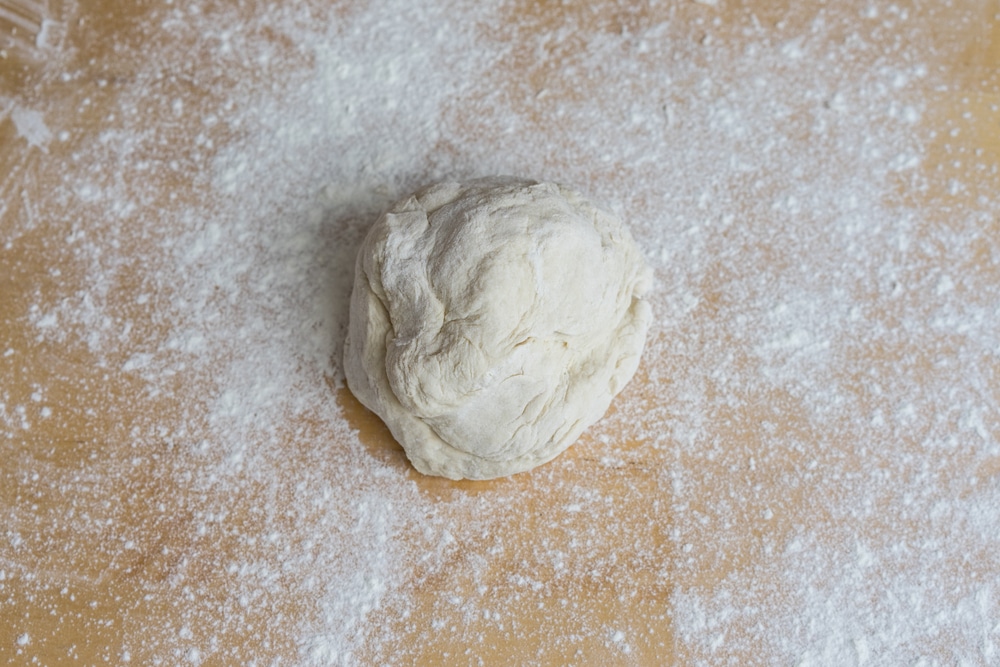
Stretch the dough to the desired size. Dust the peel with flour and semolina mix and lift the dough on top. Stretch it back out to the size it was, as it will have shrunk slightly.
Step 2: Add Ingredients
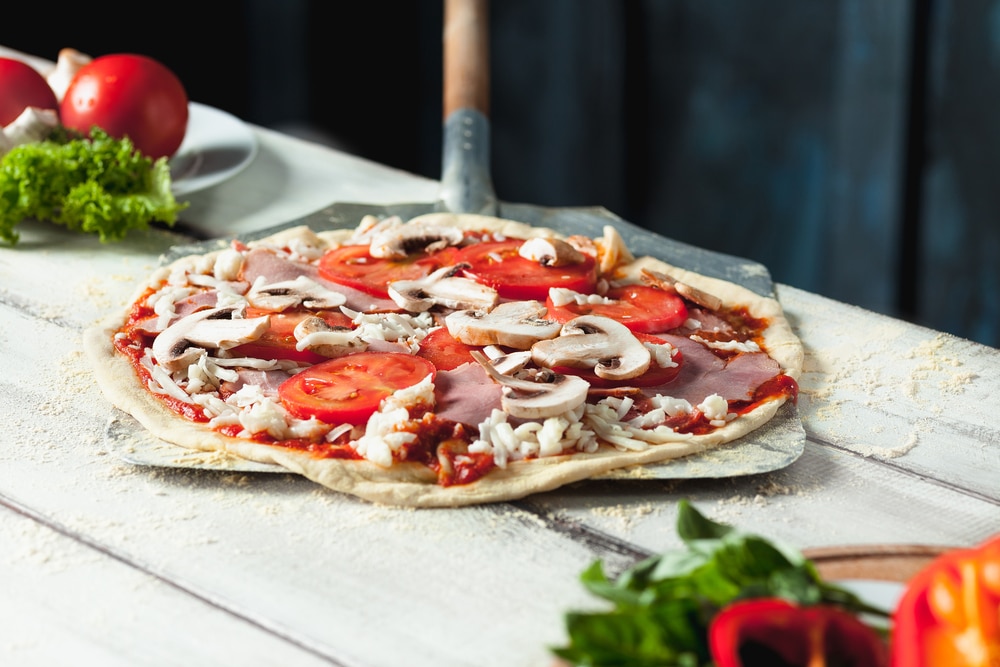
Add your sauce, cheese, and favorite toppings. Be careful not to get sauce on the peel as it could make the dough stick. Periodically give the peel a small shake to make sure it hasn’t stuck.
Step 3: Place In Oven (Carefully)
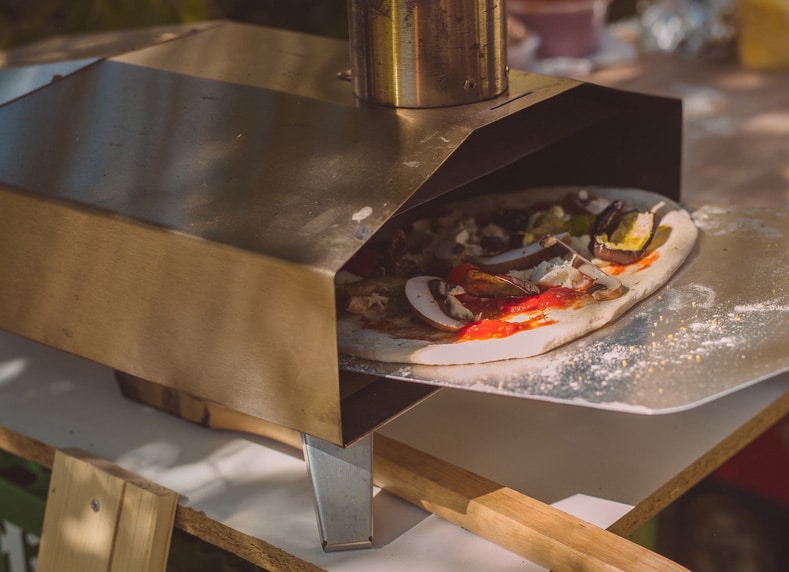
After your oven has reached the desired temperature, it is time to put your pizza in the oven. If you have a pizza oven with a stable slab, you’ll slide it directly on the slab, or you may use a pizza stone if you’re using a conventional oven. Remember to preheat the pizza stone. To transfer the pizza, use a swift back-and-forth wrist action to drop the pizza on the stone/slab. This may take a little practice, but try to keep it relatively flat so none of the toppings fall off, and slowly shimmy it off your peel.
Step 4: Make Adjustments As It Cooks
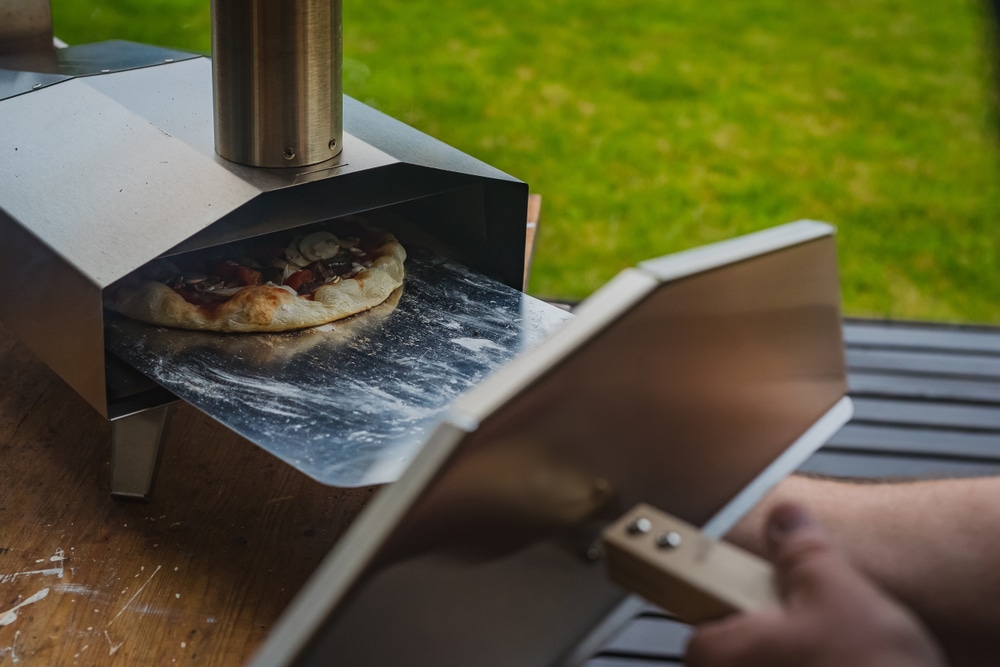
This is a good opportunity to pay attention to how your oven cooks. Perhaps the parts of the pizza nearest the heat source cooks a little faster. You can use the pizza peel to adjust the pizza within the oven to make sure it cooks evenly.
Step 5: Retrieve The Pizza
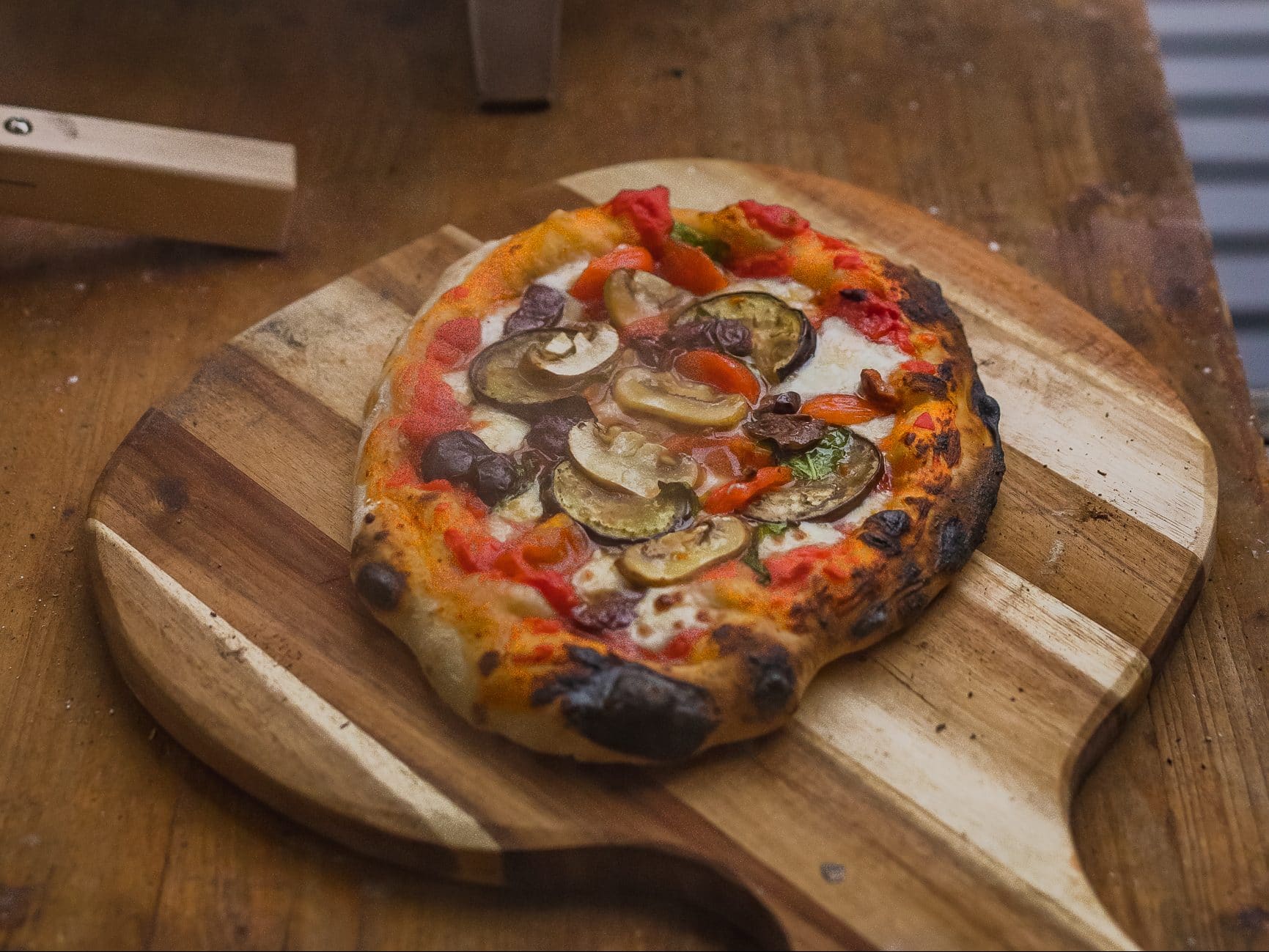
Once your pizza has cooked and firmed up, you just have to be sure you don’t drop it on the floor as you transfer it. Use your peel to slide it under the pizza firmly, keeping the peel flat. You can now pull it out and place it on your pizza platter. After that, enjoy your pizza like the well-deserved chef you are.
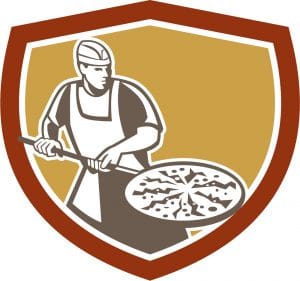
Tips and Tricks from a Pro
The more you use the pizza peel, the easier the feel for how to use it properly will become. That being said, there are still a couple of things you should keep in mind. We interviewed the owner of an excellent local pizza restaurant to get this great tips:
- The action should be swift and smooth. You don’t want to shake the pizza off the end of the peel. This potentially makes the edge of the pizza snag on the oven, and then, trying to fix it, you pull it back shaking and end up pulling the pizza length-ways and ruin its shape. If you do a nice quick drop, then the pizza retains its shape and there are fewer things that can go wrong.
- Use cornmeal or flour on your peel to prevent the dough from sticking. While some pizzerias dust the bottom of their pizzas with cornmeal for a crunchy bite, you can also use semolina flour instead because it has a nutty texture to it and toasts well. Or perhaps a mixture of semolina and flour.
- Pizza dough sticks to metal much more so consider getting a wooden peel if using metal.
- Make sure your dough is at room temperature for less condensation and moisture.
- Practice makes perfect. Practice beforehand – that way you get a feel for how to do it. It’s better to make mistakes here rather than ruin your pizza. This next part may seem a little silly, but it works. Fold up a dish towel or cloth and put it on the peel. You can practice the motion needed to get the pizza off the peel in one quick go. Use your actual pizza stone or serving board. And don’t stop until you can get it on there every time. You may want to use your oven so you can practice the actual height you’ll be using.
Types of Pizza Peels
There are primarily two types of pizza peels: wooden and metal. Within those types, there are several brands that are at various price points and quality. Wooden peels are much thicker than metal peels. Both are great for sliding the pizza into the oven, but a thinner peel with a blade-like edge (such as a metal peel) makes it easier to remove the cooked pizza from the oven. On the flip side, metal peels have a little more risk of having the dough stick to them as you’re transferring your pizza into the oven. Here is one good option for each type of peel:
- ✅ MULTI-PURPOSE; The possibilities for this product don't just end with pizzas. Use it for...
- ✅ LARGE; at 19.6 Inch x 12 inches, our large size is perfectly crafted for the beginner,...
- ✅ EASY GRIP HANDLE; Our large size paddle is 19.6 x 12 inch. It’s sturdy but not too heavy...
- Aluminum Head with a Wooden Handle all Made in the USA,Aluminum head with rounded corners is...
- Transfer pizzas, delicate breads, pastries, into an oven where transferring them directly by...
- Peels allow food to be placed further back in an oven than could normally be reached by the...
Cleaning and Maintaining Pizza Peels
As you might expect, the cleaning and maintenance of your pizza peel depends on which type you have.
Wooden peels: the best way to clean the wood surface is with a damp sponge or cloth. You also have the option to wash it in warm, soapy water. We recommend not soaking the peel in water to prevent cracking or warping. Air dry on a dish rack or hang it up the cupboard. Re-oiling your peel every 4- 6 months with a food-grade wood oil is highly recommended. After washing and thoroughly drying the peel, use a cloth to apply oil in an even layer over the wood and let it soak overnight or for a few hours. Remove any excess oil with a dry, soft cloth after soaking the peel overnight. Never put the peel in the dishwasher.
Metal peels: for metal pizza peels, there is not that much to worry about. Since most metal peels are made from stainless steel or aluminum, you can use soap and hot water to clean them. Because of the smooth surface, it’s also often easier to wipe off anything that is stuck to metal peels.
Can You Still Make Pizza Without A Peel?
Of course, you can, and while we still recommend getting a peel, let’s breakdown how you can make a pizza without one. The easiest way to make a pizza without a peel, is to at least have a pizza stone. To ensure that your dough doesn’t stick, you should always preheat your pizza stone. Be sure to place your pizza stone into a cold oven, because if it heats up too quickly, it can be put at risk for cracking. You want your stone to be plenty hot before placing your pizza on it, so you should preheat it for at least 30 minutes, or up to one hour. Just because your oven is hot, doesn’t mean that your pizza stone is, so be sure to preheat it enough time so that it is fully heated through.
If you don’t have a pizza peel, it is important to find a flat, similarly-shaped object to take its place. You can choose a rimless cookie sheet, rimmed baking sheet, parchment paper, cardboard, cutting board, or serving platter. Depending on the size of the pie, getting it off of the stone without a peel can be tricky, but it is by no means impossible.
